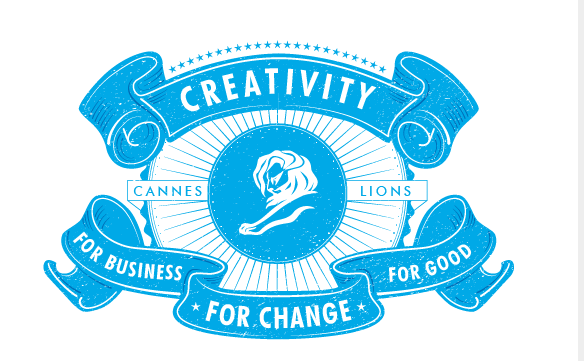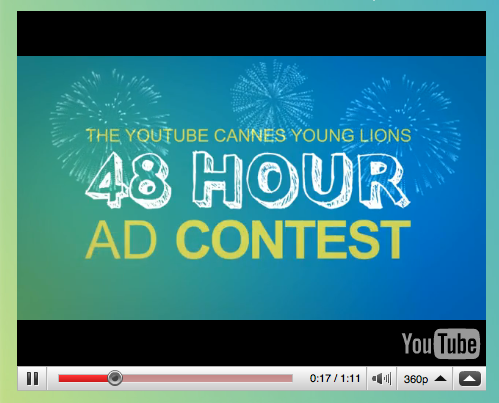
De los Zanders vino la regla #6, como también la idea de darle a todo el mundo una A. Es inpirador, mueve el espíritu y te convence de la idea de levantarte en las mañanas propuestos y propuestas a tomar la posibilidad de cada momento para hacer una contribución.
Review by MadMavens. The Art of Possibility, written by Rosamund Stone Zander and Benjamin Zander, embarks on a super stellar sail to a realm of fascinating possibility. It creates tools for reframing how we think about ourselves, others, and the world we play in. First the Zanders posit that we interpret and construct the experiences we have. This playful game of life is all about choosing how we feel, how we respond, and how we opt to play. Then why not play it in a way that is useful and expansive?
The book follows a framework of stories and suggested practices. By practices, the Zanders mean deep inquiries that we might meditate on. For practice, then, ask, “What assumption am I making…?” Which is a way of asking what are you telling yourself about the experience that is not an objective description of the experience. So, “What assumption am I making, that I am not aware I am making, that gives me what I see?” Then follows, “What might I now invent , that I have not yet invented, that would give me other choices?”
Universe of Possibility
And thus we step into a Universe of Possibility. The Zanders describe a Universe of Possibility as a way of interpreting the world that moves away from scarcity and danger toward abundance and opportunity. They encourage us to move from a state of assessment, measurement, and competition to a state of curiosity and openness.
Giving an A
Being open, then they suggest we give everyone the benefit of the doubt. Give them an “A”, the Zanders suggest. The Sanders write, “The freely granted “A” expresses a vision of partnership, teamwork, and relationship. It is for wholeness and functionality, in the awareness that for each of us, excess stone may still hide the graceful form within.” We are but marble sculptures constantly revealing more of the sculpture hidden within. Why not have faith that the step taken right now is the right one? Why measure or compare yourself to others or others amongst themselves? We are all our own unique stone for the journey of life to sculpt.
Second Fiddle-it is: The Habit of Thinking You Make No Difference
Everyone makes a difference all the time in the smallest of ways. Often in ways we never measure or know. Next time you hear yourself say that you can skip that event because they won’t notice, you have underestimated your importance and your value. Even in a crowd, you contribute. Allow yourself to be a contribution. Give yourself an “A”.
Being a Contribution
Each chapter contains an encouragement for practicing the awareness described therein. In “Being a Contribution” Ben tells a story of biking to a museum and getting a flat tire. He has a useless ten-dollar bill and no quarter for the tire machine. When he asks some mechanics for change, they appear dejected and reply that they can help. Ben asks a different question. He asks if he can HAVE a quarter. The mechanics offer the quarter along with big smiles. He gives them a chance to contribute. And so the lesson goes, “1. Declare yourself a contribution. 2. Throw yourself into life as someone who makes a difference, accepting that you may not understand how or why.” Contribute freely of yourself and give others the opportunity and graceful space to contribute from themselves what they have to offer.
Leading From Any Chair
How much greatness are we willing to grant to others? “Because it makes all the difference at every level who it is we decide we are leading.” says Zander. Thus they pose a question of shifting responsibility where one can ask, “Who am I being that they are not shining.” One might argue that this way of seeing things takes on an undue burden of responsibility. The way that the Zanders frame the concept, it is not a responsibility and burden, this is a practice of believing in the core capability of others so that they can believe in it too. And when those around you believe in their own ability, they can give their best with passion and conviction.
Rule #6
We sometimes get in the way of others doing their best. We can get in our own way too. And so we have Rule #6. Lighten Up. Or, more profanely, “Don’t take yourself so g#$ d*&% seriously.” You may, I am afraid to mention, you may indeed not be the absolute more important person, project, or relationship for someone else. At least not all the time. So give space for others to be comrades in arms rather than resistors to your dictatorship.
The Way Things Are
The Zanders pose “The practice of being with the way things are calls upon us to distinguish between our assumptions, our feelings, and the facts – that is, what has happened or what is happening.” They seek to make a distinction between the evidence and our interpretation of it. Be with the evidence for what it is, while not being stuck on the interpretation.
Giving Way to Passion
“Where is the electric socket for possibility, the access to the energy of transformation?” Giving way to passion refers to the process of opening up to something bigger. Stepping back to see more of the greater pattern and then letting that pattern energize you. It urges us to participate with harmony and enthusiasm.
Lighting a Spark
Here the Zanders ask us to practice “enrollment.” Enrollment being the art of generating a spark—a passionate involvement of and by others. The Zanders offer:
Imagine that people are an invitation for enrollment.
Stand ready to participate, willing to be moved and inspired.
Offer that which lights you up.
Have no doubt that others are eager to catch the spark.
Ben tells a story about trying to gain a corporate sponsor. The sponsor declined, stating that they had a focused goal. In the end, Ben enrolled in the sponsors’ goal. The projects merged, and everyone benefited.
Being the Board
When all else fails to give a rewarding perspective, the Zanders counter that it is time, once again, to step back to view the game of our life. No mater what may come, we interact with it and we can take responsibility for it. Be the board. The game board. Think not of being a piece that is playing the game; instead be the space for the game. You are complicit in your own fate. When you open yourself to the possibility that at least in some small way you might be responsible for everything that happens in your life, you open a new pathway to choice.
Creating Frameworks of Possibility
First, mix in one part Martin Luther King Jr. “I have a dream.” with an equal measure of Ghandi’s “be the change you wish to see in the world.” Drink this potion with witnesses. They will note how empowered you are. They too will seek this change. Although I write flippantly, the recipe is true. So often people fall into a downward spiral. By creating a frame of possibility – one based on a positive vision and being an example of the change – the spiral can change direction.
One route to a strong positive frame comes through clear vision statements. The Zanders lay down great steps for creating a vision. Briefly: a vision speaks of possibility, roots itself in a basic human desire, acts inclusively, doesn’t imply right or wrong, and a vision creates a timeless picture (not one of measurement). The Zanders eloquently write, “A vision is an open invitation and an inspiration for people to create ideas and events that correlate with its definitional framework.”
Telling the WE Story
So often we enter into a dualism of us and them which naturally creates some distinction and competition. Rather than looking at how we are different, what happens when we look for integration? What happens when we focus on the connections between all of us? What happens when we let unity emerge?
What would be different in Israel/Palestine if both parties took a WE approach instead of an US/THEM approach? What would be different about families if the WE approach were taken? What would be different in your giving if all your contributions came from a WE approach?
I wonder what tomorrow will bring? What will I bring to tomorrow? What will I get an ‘A’ for tomorrow?

Creativity that is Rewarded is 7 Times More Effective
The Big Winner Let’s assume that you are part of the general public, a non-advertiser, announcer or work with some communications or digital media. In a leveled playing field of people occupied living their happy


